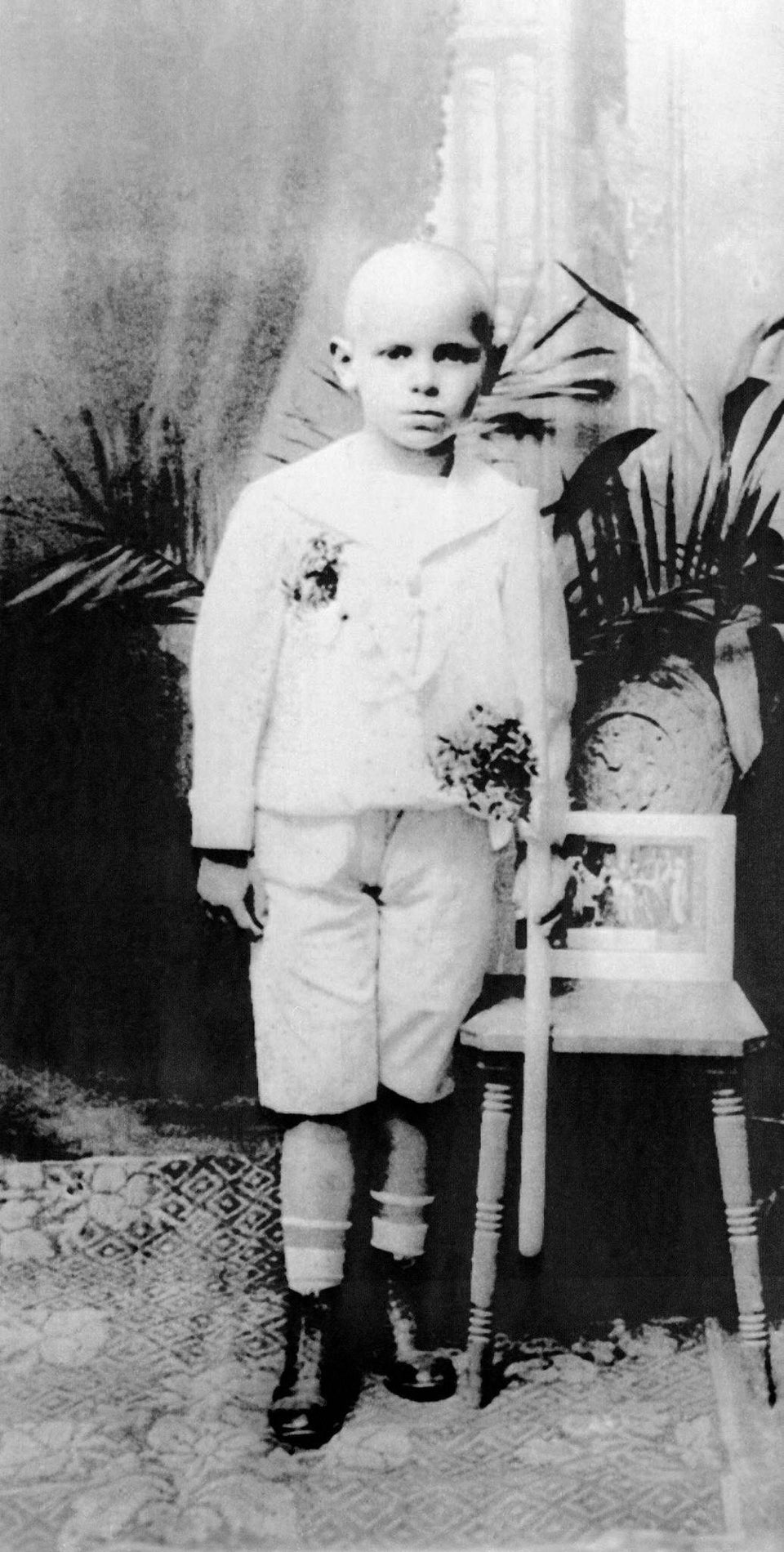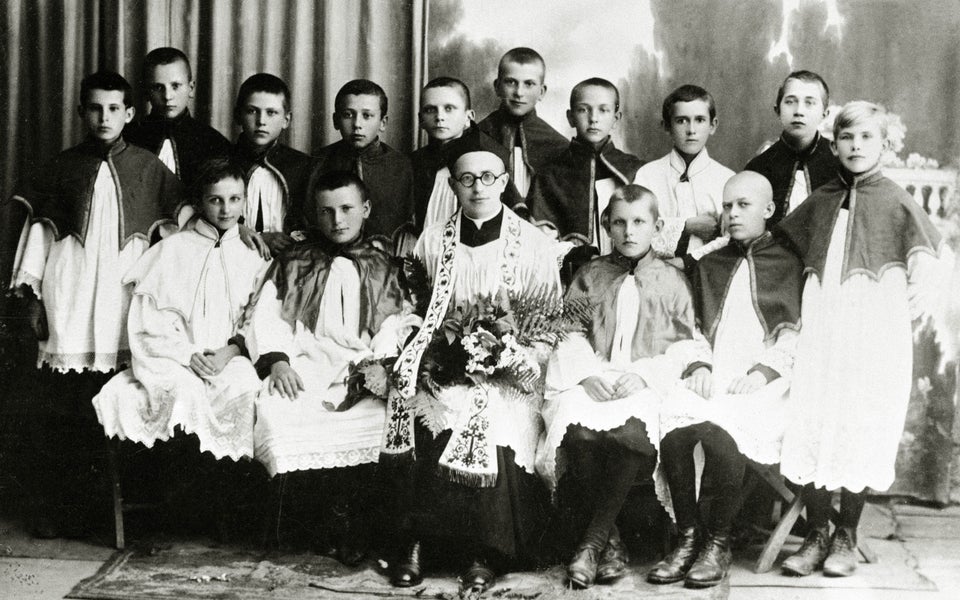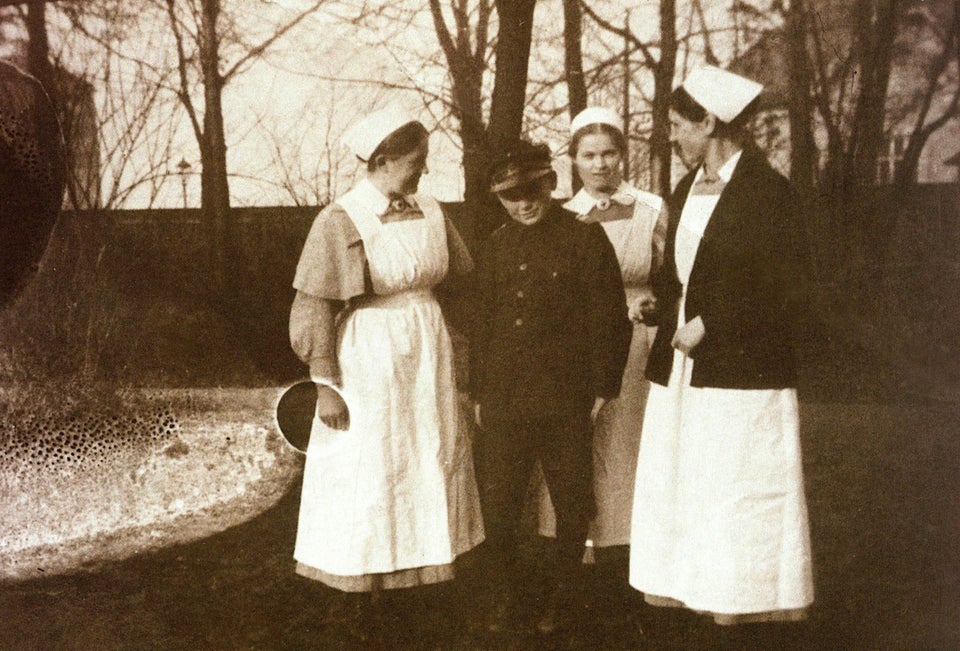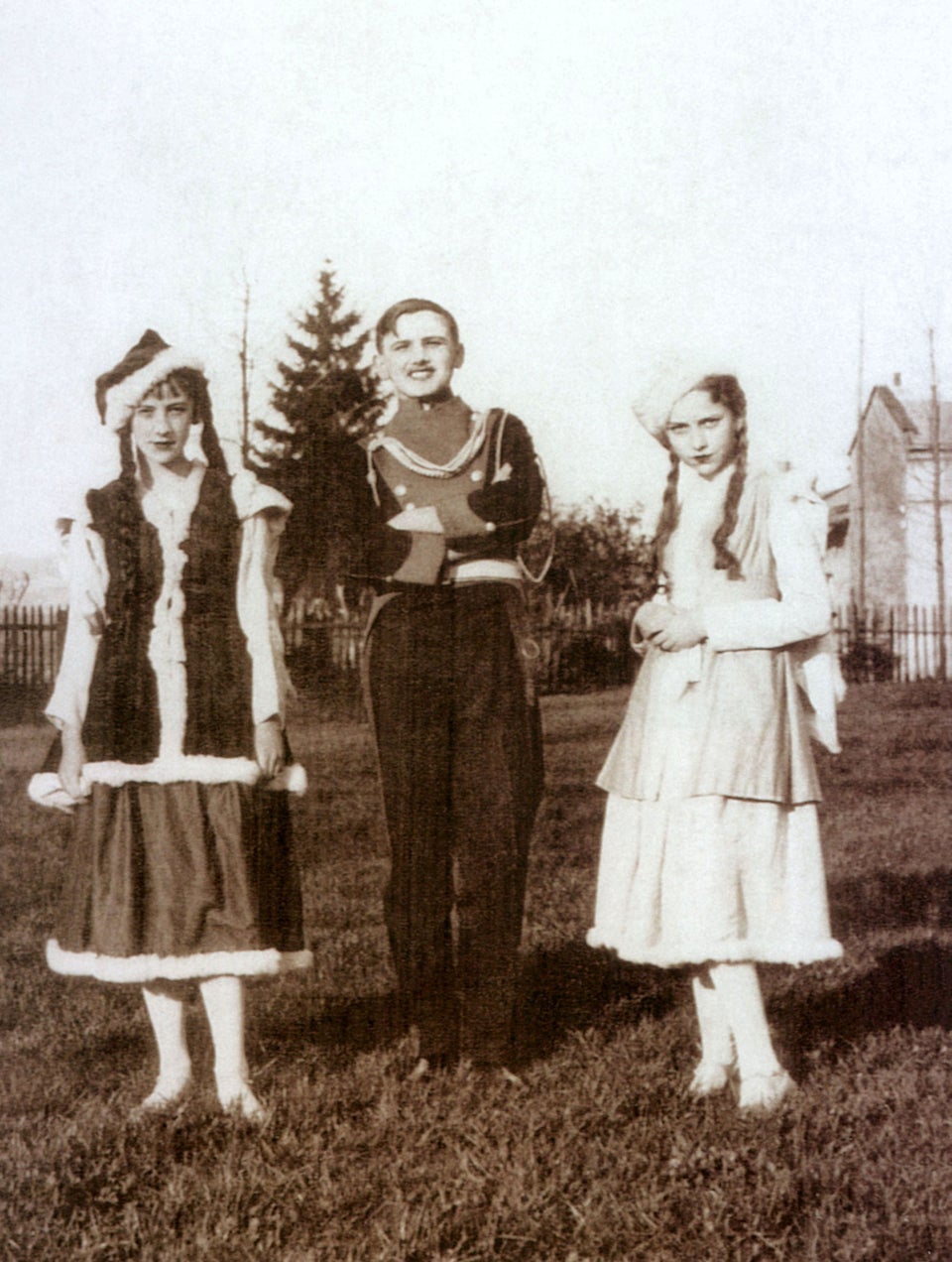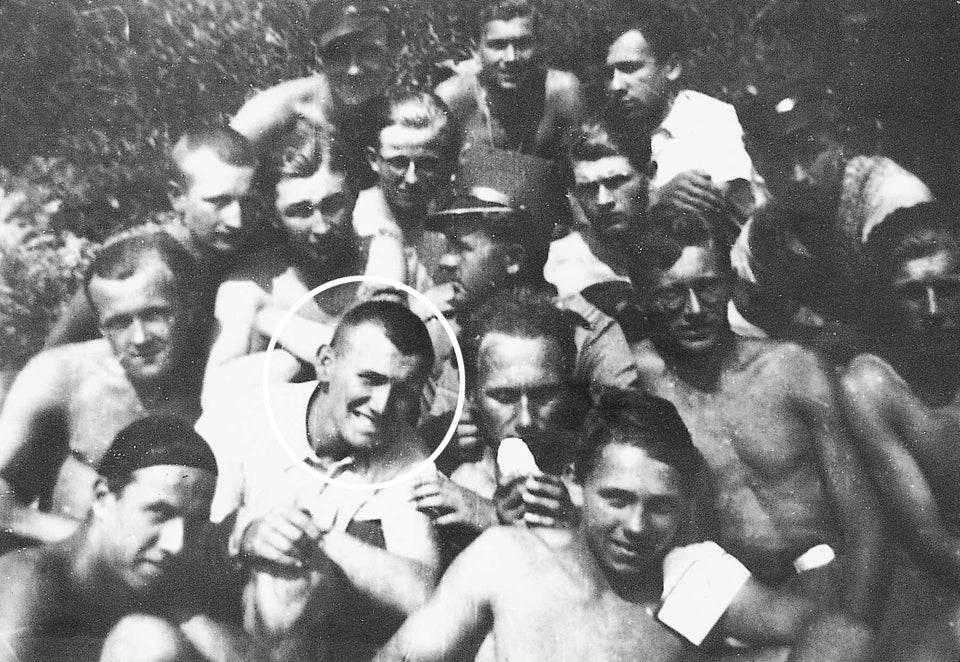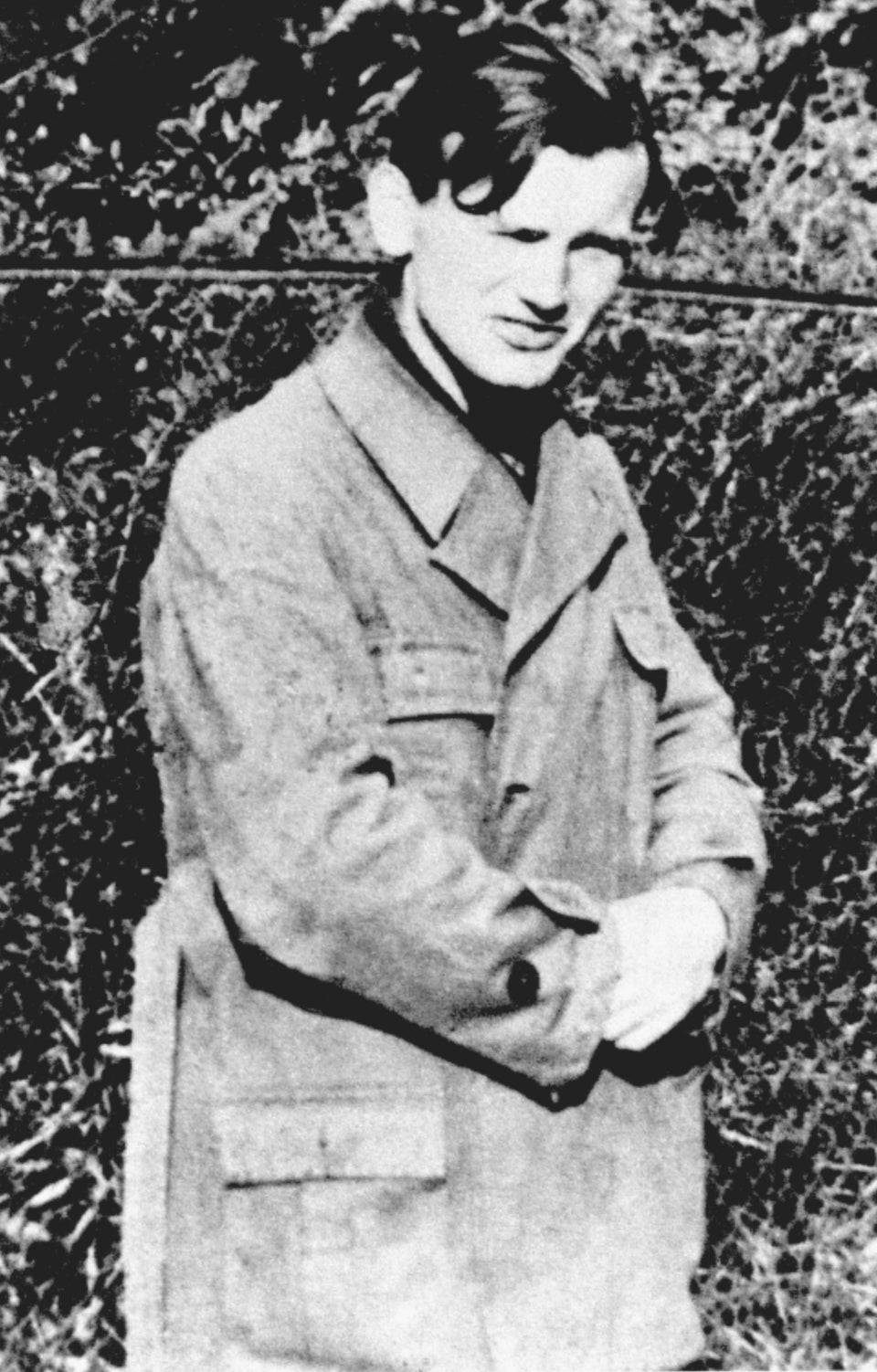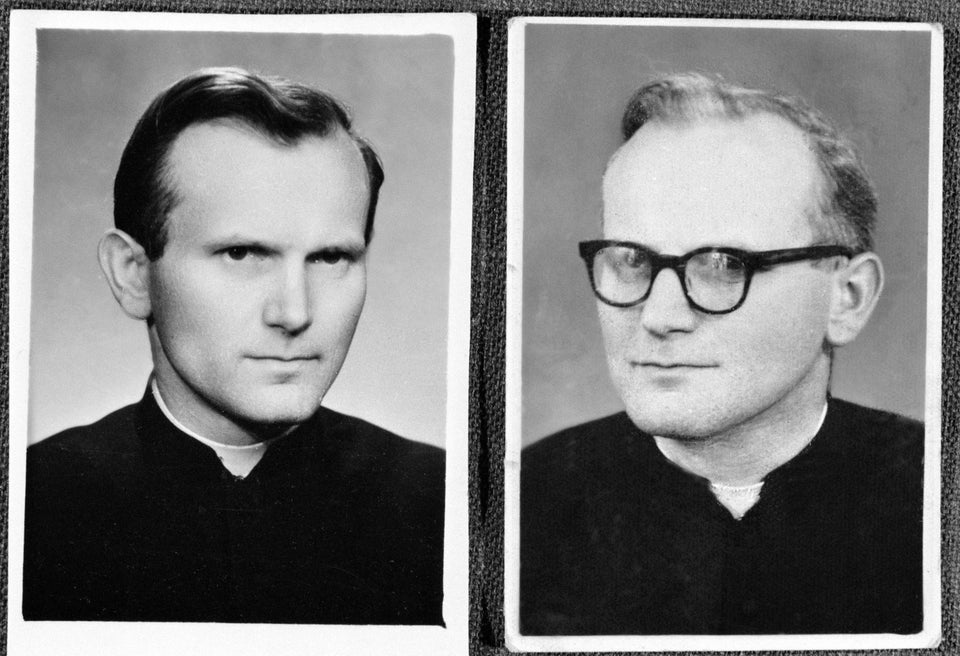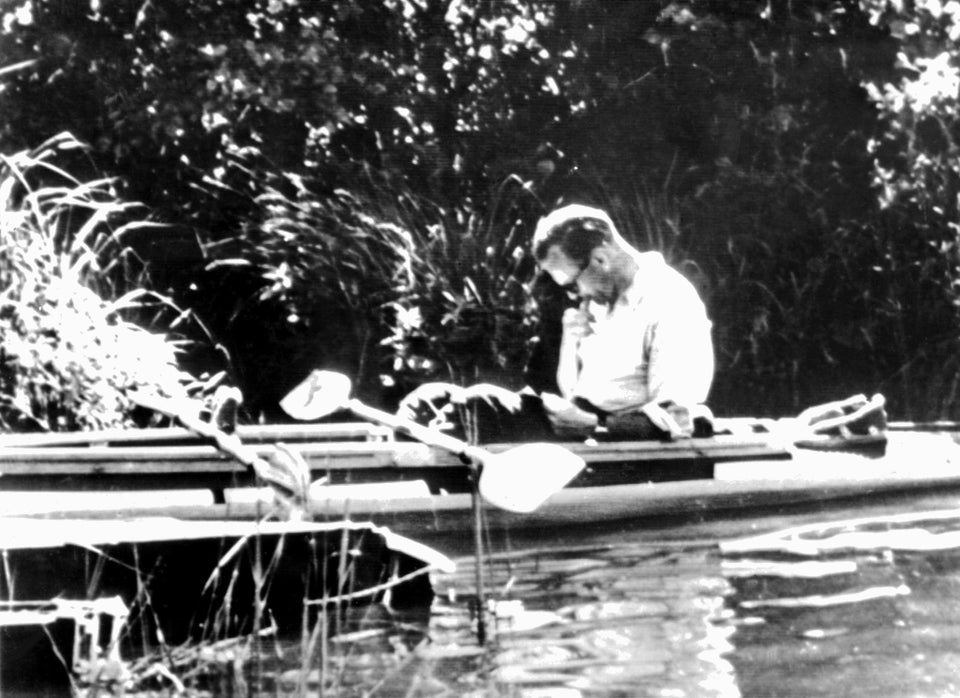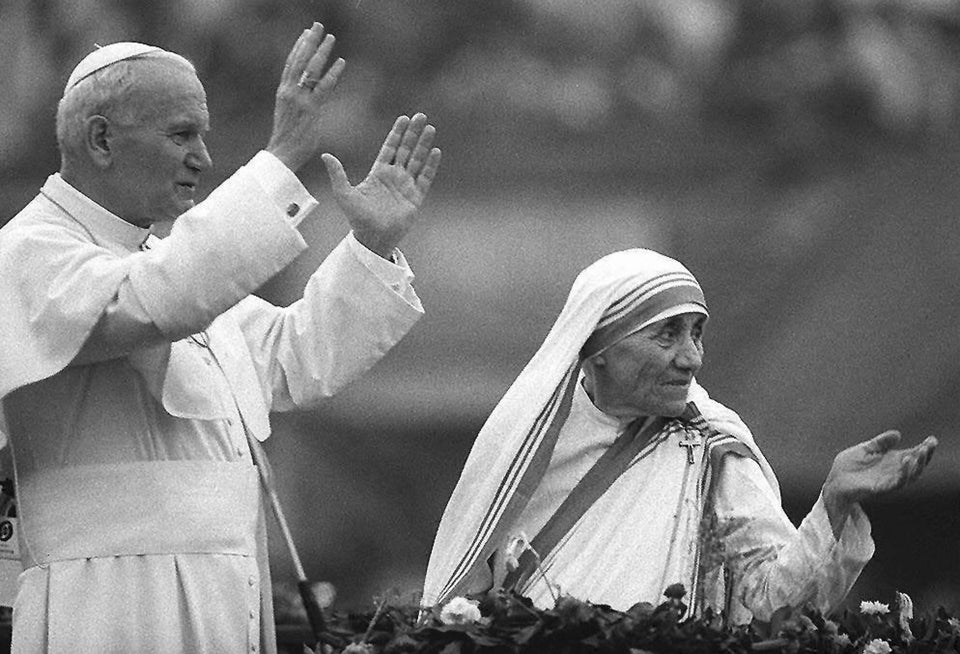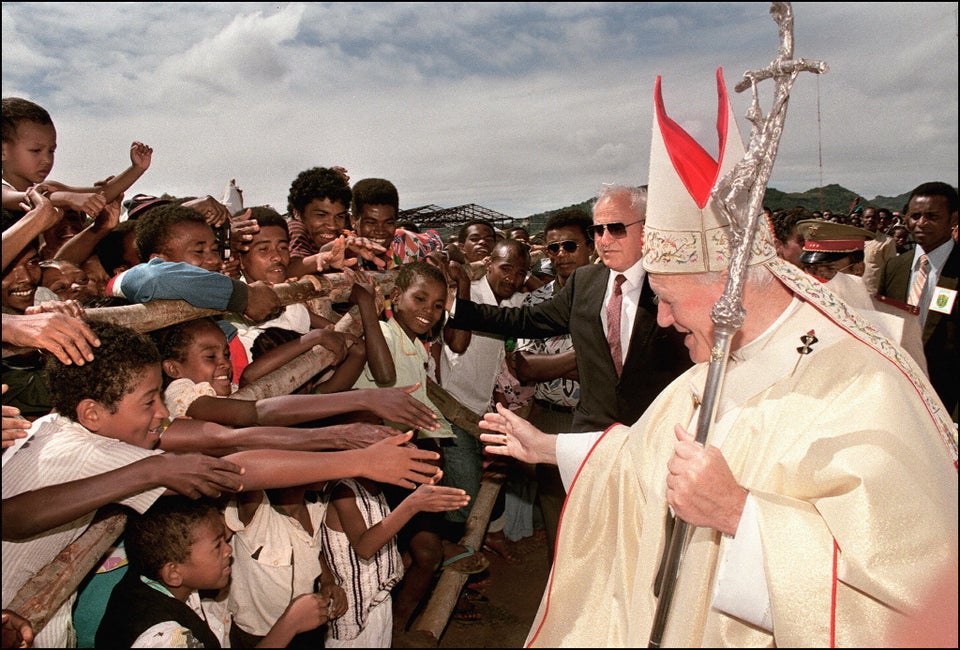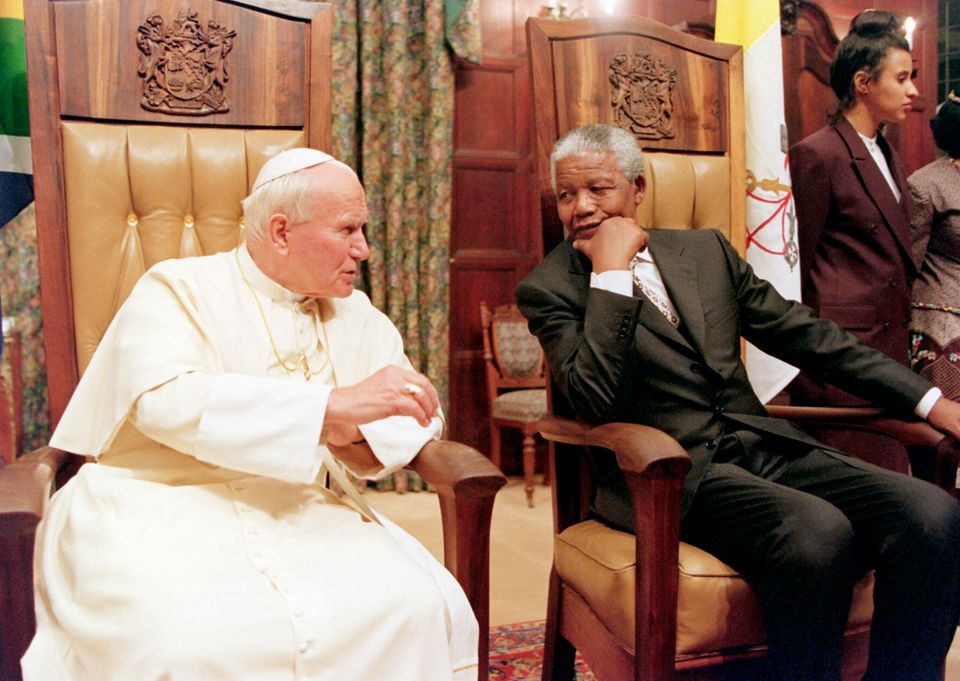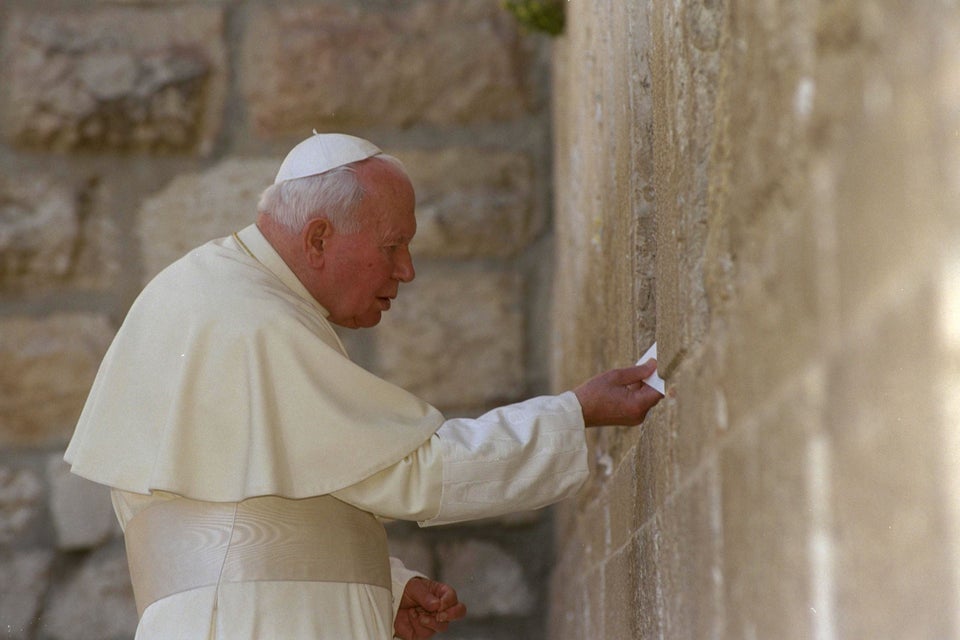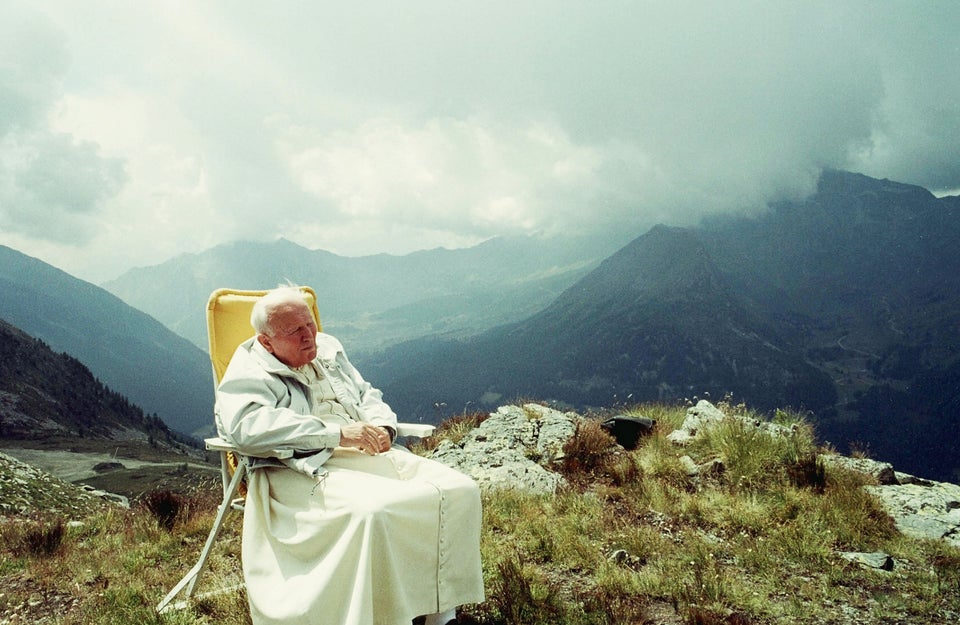While Pope Francis is being credited with orchestrating the detente between the U.S. and Cuba, the roots of the delicate agreement stretch to the last years of Pope John Paul II's life and nearly two decades of exchanges among Vatican, Cuban and American Catholics.
The deal announced Wednesday also marks the growing role of the Roman Catholic Church in Cuba since the mid-century, when Fidel Castro rose to power, forcing hundreds of Catholic schools to close and jailing or sending into exile thousands of priests and nuns in the heavily Catholic nation.
Cuba and the Vatican have officially had diplomatic ties for 79 years, an anniversary both nations celebrated with a photography exhibit in Rome earlier this year. But friendly ties advanced rapidly beginning in the early 1990s, when then-President Fidel Castro relaxed rules on religion by changing the country from being officially atheist to secular, and loosened restrictions on churches after a 1996 Vatican visit with John Paul II. In 1998, the then-pope made a five-day pilgrimage to Cuba, blessing a stone that would stand at the entrance to the first new seminary to be built since the Cuban revolution. The seminary opened in 2010, five years after John Paul II's death.
"I think John Paul II is very happy right now," said Archbishop Thomas Wenski of Miami, a prominent American church leader who pastors to the largest Cuban-American community and last visited Cuba in 2012 for Pope Benedict XVI's pilgrimage to the island. "When (John Paul II) went to Cuba, it made it okay for Catholics to go to church and be Catholic." Not long after the pope's visit, for example, Fidel Castro restored Christmas as a national holiday.
Wenski said the role of the Catholic Church, by far Cuba's largest and most influential religious institution, has quickly grown in the intervening years, especially since Raul Castro came to power in 2008. Of the country's 11 million residents, about 59 percent are Christian and most of those are Catholic, yet the country's aging, dilapidated pre-revolution churches suffer from a shortage of priests, nuns and seminarians. Many Cubans practice their faith at home or through devotion to Our Lady of Charity, the island's patron saint. Practices such as Santeria, which incorporate Catholic and West African spiritual practices, are popular alongside formal Catholic worship.
In October, Cuban officials announced that Sandino, a small agricultural town in the western Pinar del Rio province, will be home to the first church built in 55 years. Catholics from Tampa, Florida, are funding the construction. The seminary that opened four years ago was desperately needed, Wenski said, for a country with less than 200 priests. It's estimated that 10 percent of Cubans attend church services.
"With the news today, would Cuba allow the Vatican to send in more priests and nuns?" said Andy Gomez, a former senior adviser to the University of Miami’s Institute for Cuban and Cuban-American Studies. "That would be very, very interesting," said Gomez, a Cuban-American who is currently a senior adviser at Poblete Tamargo, a Washington-based public policy firm.
Gomez, who traveled to Cuba in 2012 for Pope Benedict XVI's three-day visit to Havana, credited the Havana archbishop, Cardinal Jaime Ortega, for much of the improved situation for Cuban Catholics. Per Vatican policy, the archbishop submitted his resignation letter when he turned 75 in 2011, but the pope asked him to stay in office. "Pope Francis had made the same request, in part because of how effective he is in working with (Raul) Castro," said Gomez.
In 2010 and 2011, Ortega negotiated the release of more than 150 political prisoners, but he was accused of capitulating to government demands when the prisoners were exiled to Spain instead of being allowed to return home. Cuban-Americans have also criticized the cardinal, saying he has not forcefully stood up to the Cuban government's abuses of power.
Gomez chalks up some of that, at least, to the guarded political posturing required of anyone who wants to have an ear among the regime's leaders. At least one high-ranking church official, Apostolic Nuncio Bruno Musaro, a Vatican ambassador to the country, has called out government abuses, saying over the summer during a vacation in Italy that the Cuban people are "victims of a socialist dictatorship."
The Vatican press office, though, has kept its recent messaging positive. The church "will continue to assure its support for initiatives which both nations will undertake to strengthen their bilateral relations and promote the wellbeing of their respective citizens," it said in a statement Wednesday.
The Rev. Manual Dorantes, a Chicago-based Vatican spokesman who is tasked with Spanish-language and Latin American church issues, said he looked at thawed U.S.-Cuba relations as a sign of the "way the church can serve as a bridge."
"Historically, the Vatican has played this role. It was present between the (USSR) and the United States under Pope John XXIII. It was there with John Paul II and communism in Eastern Europe," said Dorantes, who also visited Cuba during the 2012 papal pilgrimage.
"Christ called the church to be present in society. That's exactly what the Holy Father is doing. He tried it with Israel and Palestine, now he's doing it with Obama and Castro."
With the pope scheduled to visit the United States in September and committed to visiting three unspecified Latin American countries in 2015, some have speculated he will make a stop in Cuba. Dorantes said he didn't know. The pope, then known as Coadjutor Archbishop Jorge Mario Bergoglio of Buenos Aires, last visited the island for Pope John Paul II's pilgrimage in 1998.
"It would make three popes who went to Cuba if he did," said Wenski. "But it's too early to tell."
Related
Before You Go
